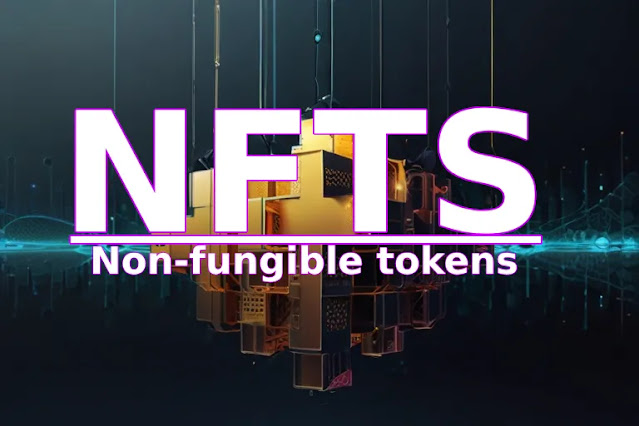Non-Fungible Tokens (NFTs): Exploring Digital Assets on the Blockchain
Non-Fungible Tokens (NFTs) have surged in popularity,
captivating the digital world with their unique properties and potential for
investment and creativity. Here's a comprehensive guide to understanding NFTs
and their significance in the digital economy.
What are Non-Fungible Tokens?
NFTs are digital assets that represent ownership or proof ofauthenticity of unique items, such as digital art, collectibles, virtual real
estate, and in-game items. Unlike cryptocurrencies like Bitcoin or Ethereum,
which are fungible and interchangeable, each NFT has distinct properties and
cannot be replicated or exchanged on a one-to-one basis.
How NFTs Work
NFTs utilize blockchain technology to verify and record
ownership, immutably storing data on decentralized ledgers. This ensures
transparency and prevents duplication or counterfeit creations. NFT
transactions are conducted using cryptocurrency, typically Ethereum (ETH),
although other blockchains like Binance Smart Chain and Flow have also embraced
NFTs.
The Rise of NFTs
Initially popularized by the Ethereum blockchain, NFTs have
expanded to various blockchain networks, fostering innovation and diversity
within the digital asset space. Artists, creators, and investors alike are
drawn to NFTs due to their potential for monetization, digital ownership, and
scarcity.
Investing in NFTs
As with any investment, due diligence is crucial when
considering NFT purchases. Factors such as the reputation of the creator,
rarity of the item, and demand within the market influence the value of NFTs.
Platforms like OpenSea, Rarible, and NBA Top Shot serve as marketplaces for
buying, selling, and trading NFTs.
Conclusion
Non-Fungible Tokens represent a paradigm shift in digital ownership and creativity, unlocking new possibilities for artists, collectors, and investors. With continued technological advancements and mainstream adoption, NFTs are poised to reshape various industries and redefine the concept of ownership in the digital age.

%20(1)%20(1).jpg)


